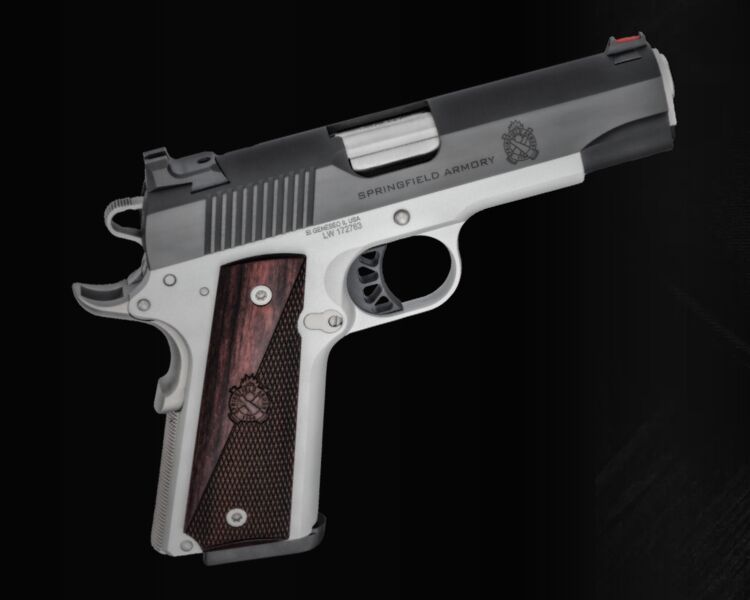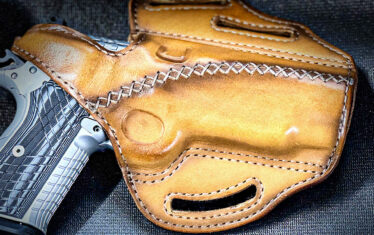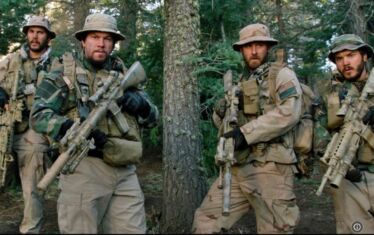The classic M1911 is an American Icon, and I bet even people who aren’t fans of the platform know a ton about it. If you’re a firearms enthusiast, you very likely know the simple facts, such as John Browning designed it and it served for more than seven decades with the United States military.
Still, there is always something new to learn, so I’m bringing you 19 things you didn’t know about the M1911.
1. The M1911 Came From a Family of Handguns
The M1911 wasn’t created in a vacuum at the request of the Army. Browning was a super busy man, and between 1899 and 1911, he created many handguns.
The M1911 actually descends from an earlier design, the M1902. The M1902 continually evolved and changed into guns like the 1903 Pocket Hammer and then later the Colt Model 1905, 1907, 1909, and finally, the M1911 we all know and love.
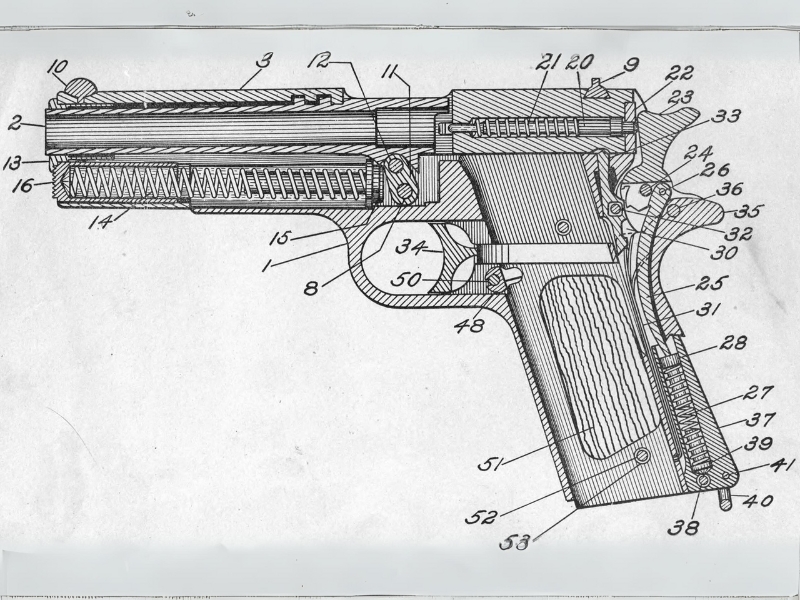
2. The M1911 Was Actually Created in 1910
Speaking of the M19XX family, the Colt M1911 wasn’t finalized in 1911. The actual original M1911 was called the M1910. This was the gun that entered the final military trials and beat the Savage model.
The M1910 is where we saw the famed grip safety, grip angle, and internal extractor. However, the gun wasn’t approved and adopted until March 29th, 1911. Therefore, it became the M1911.
3. The Military’s Testing Procedure Was Brutal
Since we mentioned the military testing of America’s favorite handguns, we’ll look at the training procedure that brought us that pistol.
The Army tested a series of handguns, but it came downtown to the Colt M1910 and an entry from Savage. The final test was firing one gun 6,000 times and observing for malfunctions. When the gun became too hot, it was ducked into a barrel of water.
The M1910 fired 6,000 rounds without a failure, but the Savage experienced over 30 failures.
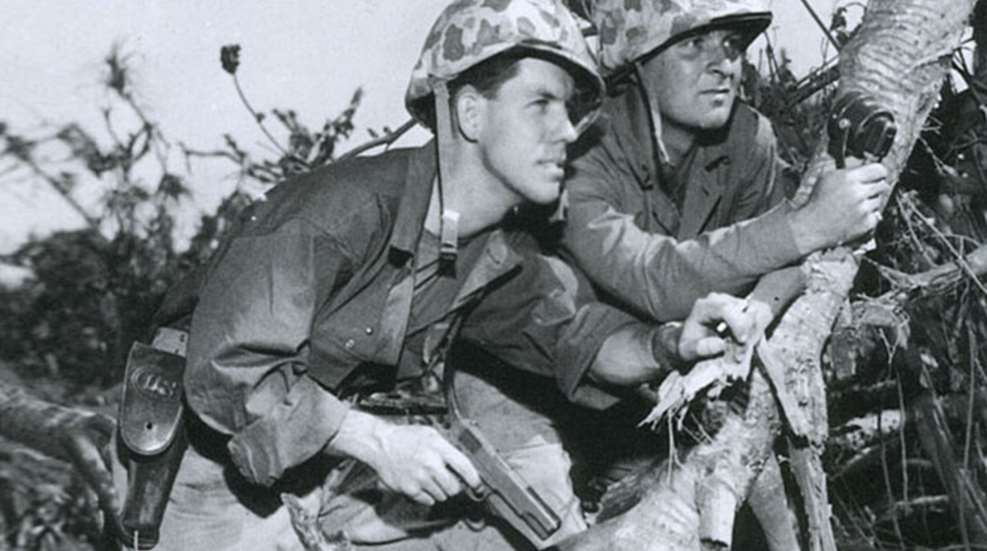
4. It Wasn’t the Only .45 ACP Handgun to Win Two World Wars
We all know a handgun doesn’t win a World War, but fans of Browning’s Mighty .45 will often proclaim it to be the best thing since PB&J and that it won two World Wars.
In reality, we didn’t have enough M1911s in either World War, so Colt and S&W produced M1917 revolvers. These were .45 ACP guns that utilized moon clips. These guns supplemented the Colt Automatic and ensured we had enough .45 ACP to go around.
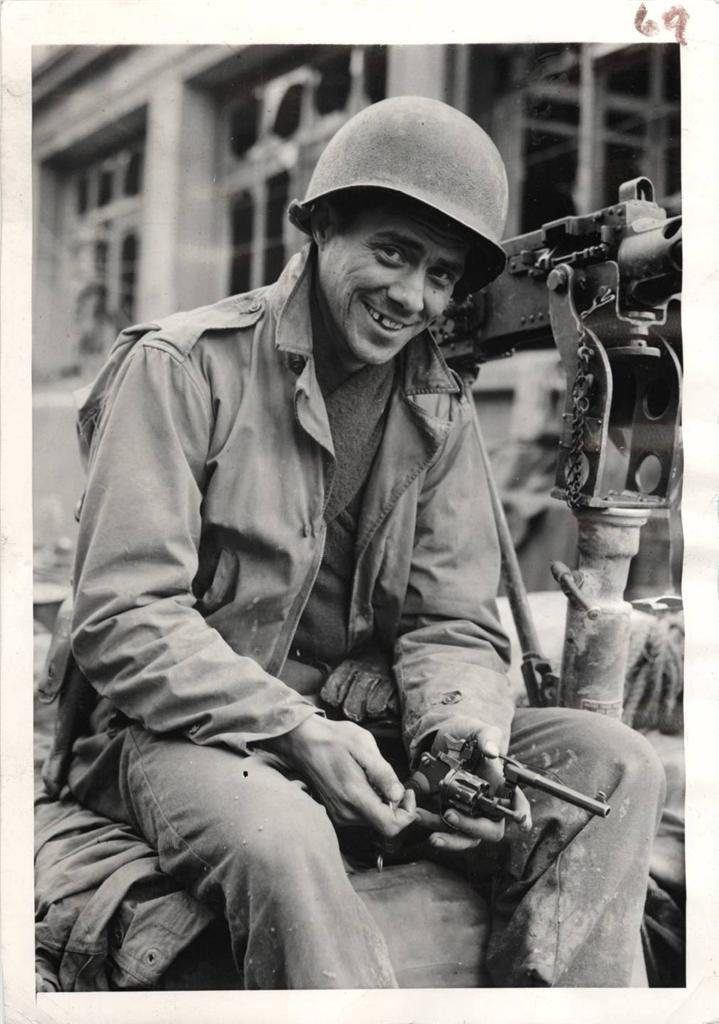
5. The Grip Safety Wasn’t Browning’s Idea
When John Browning submitted the Colt Model 1909 to the US Army, it passed most of their tests. General Thompson reviewed and tested the handgun before sending it to Springfield Armory.
The M1909 had a simple frame safety. The Cavalry took a look at the gun and requested a grip safety. The addition of a grip safety and a change in grip angle turned the 1909 to the 1910.
6. General Officers Carried a Special Model of the M1911A1
General Officers have a long tradition of carrying a more compact variant of the general issue handgun. When it comes to the General Officers and the M1911, they carried a model known as the RIA M15 Pistol. This is a compact variant of Colt with a 4.25-inch barrel length. It maintains the standard grip length.
Only 1,004 of these pistols were ever produced and remained in service with General Officers until their retirement.
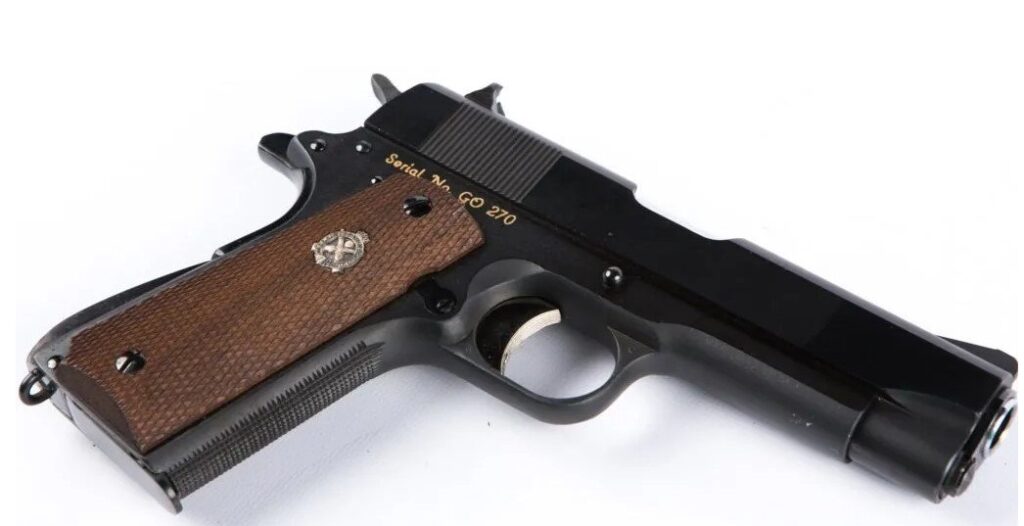
7. The M1911 Comes In Nearly Every Caliber
The classic American warhorse originally came in .45 ACP and quickly evolved to accommodate other cartridges.
Over the years, the common calibers like 9mm, .38 Super, and .40 S&W all made their way to the M1911. That’s expected, but we also saw options in 7.62 Tokarev, .357 Magnum, .50 GI, and even .308 — a rifle caliber. Of course, the .308 option uses a custom, single-shot, drop-on slide assembly for hunting.
8. The M1911A1 Continued to Serve After the Beretta’s Adoption
In 1985, the M9 became the standard sidearm of the United States military. However, the M1911 stuck around for quite some time.
It was a favorite of Special Operations forces. Units like Force Recon kept the gun well into the Global War on Terror. Elite unties like Delta Force used heavily modified custom M1911s for decades after the Beretta’s adoption.

19. The M1911 Is The Offical Firearm of Utah
John Moses Browning was a Utah resident, and his family had a long history of arms design. John Browning was the most famous of the Brownings and created the M1911. In a display of state pride, Utah adopted the M1911 in 2011 as its official state firearm.
10. It was the First Automatic Handgun Wielded By The US Military
Prior to the Colt 1911, the United States had never adopted a semi-auto handgun. Revolvers dominated the military market of this era, and the adoption of the M1911 by the United States was groundbreaking. The U.S. was an early adopter of automatic handguns and clung to one design for more than seven decades.

11. The Choice of Elite Police Units
While companies like Glock and SIG dominated the duty handgun market, the M1911 remained a favorite among elite law enforcement units. LAPD SWAT, LAPD SIS, FBI HRT, and many more clung to the design well after the advent of the “Wonder Nine” and polymer-framed “Plastic Fantastic.”
12. Alvin York Repelled a Bayonet Charge With an M1911
Alvin York is famous as a rifleman who fought German machine gun positions with nothing more than his M1917 bolt action rifle.
He earned his Medal of Honor with a rifle, but he also wielded the M1911 like a pro. During his fight with the machine gun nests, the Germans launched a bayonet charge against him. He met that bayonet charge with his Colt and knocked down the entire bayonet charge.
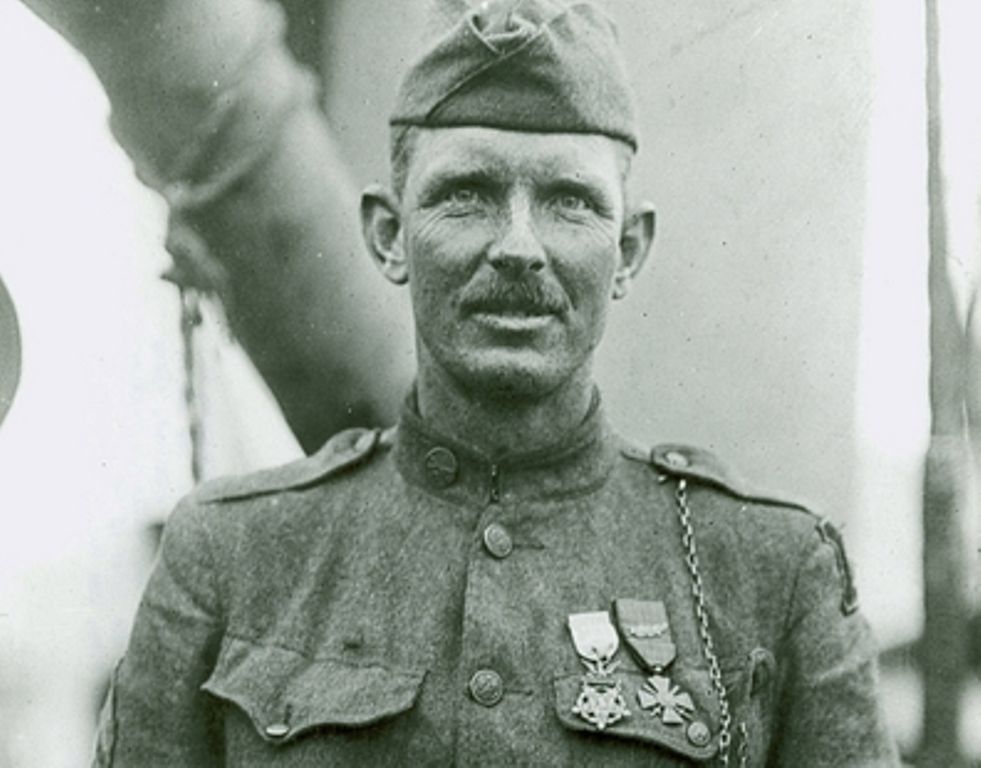
13. The Reason Why General Patton Ditched the M1911
In 1915, a young Lieutenant Patton was working on the Mexican Border during the time of Pancho Villa. He was based in Sierra Blanca with A Troop of the 8th Cavalry. He wore his issued M1911 Colt without a holster in his belt.
One night, the firearm discharged due to his lack of a holster, and he ditched the automatic and turned to his now-famous Colt Single Action Army.
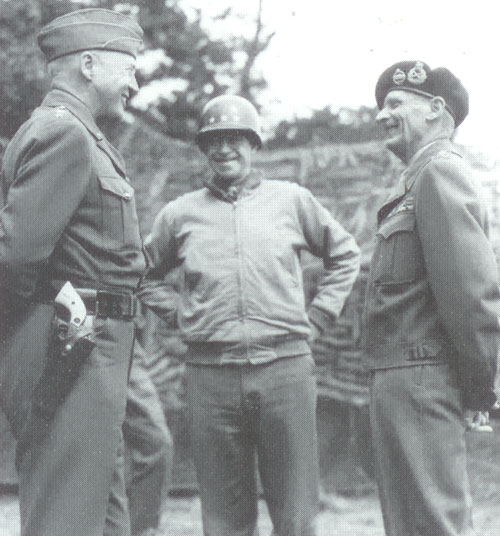
14. GM Wanted to Reduce the Cost of Colts
World War 2 was a logistics nightmare. America was working overtime to produce functional weapons and get them overseas to punch Hitler in the face. Guns are expensive and time-consuming to produce, ask anyone who built an 80% lower M1911, it’s lots of hand fitting. The M1911 was no different.
GM’s Guide Lamp division developed an experimental stamped steel version of Browning’s handgun. The stamped steel model would be cheaper and faster to produce. The design never took off, and one of the prototypes is still housed at Springfield Armory.
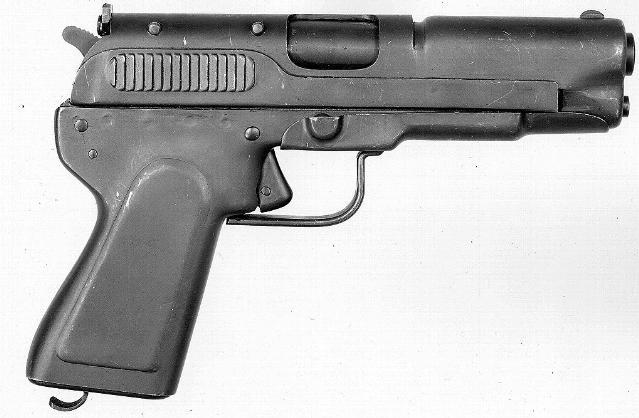
15. The M1911 Influenced Most Modern Pistols
The Colt M1911 wasn’t the first short recoil weapon or the short recoil pistol, but it was the first successful example. Browning’s pistol showed how well the short recoil system worked, and that went on to influence almost every modern pistol currently in production.

16. It was Used on Both Sides of World War 2
American G.I.s stormed Europe in WW2 with M1911s. Well, that and M1 rifles, Thompson SMG, Browning machine guns, and artillery, tanks, and bombers.
However, the Americans and Allies weren’t the only ones carrying M1911s. When the Nazis took Norway, they took over their arms industry. The Norwegians produced the M1911 as the M1914. Nazi soldiers would carry the M1914s aka the Kongsberg Colts.
17. Bank Robbers Turned 1911s Into Machine Pistols
Bank robbers like John Dillinger and Baby Face Nelson carried a variety of firearms, and machine guns were often a favorite. Both Dillinger and Nelson carried machine pistol conversions of the M1911 fit with extended magazines, Thompson front grips, and Cutts compensators.
These micromachine guns fired insanely fast and were surprisingly effective.
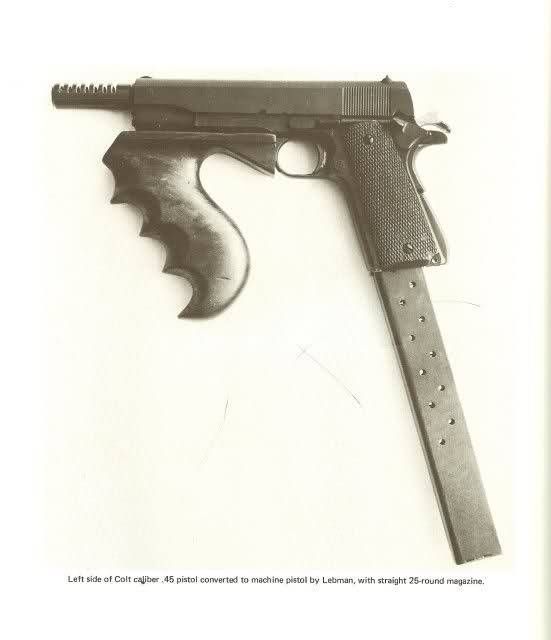
18. 1911s in the movies are Mostly 9mms
The 1911 has been used in hundreds of movies. It’s a very common pistol, and it’s a big gun, so it looks great onscreen. While Browning’s design was originally a 45 ACP, 9mm is the most popular option in film and TV.
Why? Well, the tapered case of the 9mm round tends to feed better as a blank. Plus, 9mm blanks are easily the most common blanks on the market.
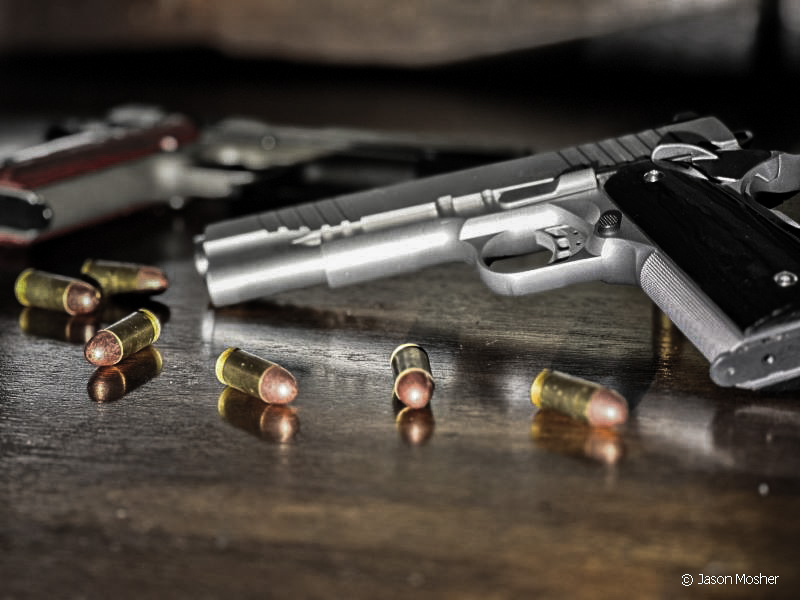
19. It’s been Used On Every Continent Except Antarctica
The M1911 is an international success. The pistol has been adopted by dozens of countries and used across the world. This includes Allied forces in Europe who acquired them through Lend-Lease programs. Australia even received some that were used in World War 2 and found a place in their museums.
Across Asia, clones are made in China, the Philippines, and both Koreas. African forces have been seen using the M1911, as have South Americans. The M1911 has been everywhere but Antarctica.
Browning and Colt’s Most Successful Pistol
The M1911 is a powerhouse of a firearm. Its popularity more than a century later is a testament to its design and staying power. While stopping power is a myth, staying power certainly isn’t.
Now, we all know something new about the world’s most famous pistol.





